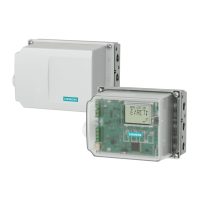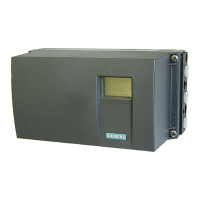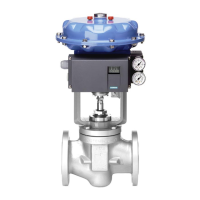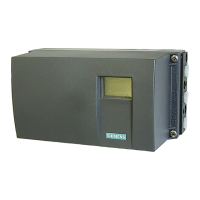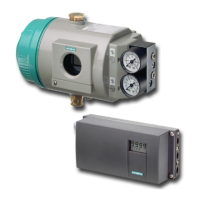3.5.3 Bus topology
The bus topology is mainly able to be selected as desired. Therefore, line, star and tree
structures, and mixed forms are possible. All types of field devices such as transmitters, actors,
analysis devices, etc. can be connected to the PROFIBUS PA.
Advantages include:
● Savings on installation costs
● More extensive diagnostics, leading to increased availability of installation sections
● Automatic management of installation documentation
● Installation optimization on the fly during operation
In an automation system, there are generally multiple PROFIBUS PA lines connected to fast
PROFIBUS DP via coupler units. This is also connected to the process control system.
Both bus systems use the same protocol layer. This makes PROFIBUS PA a "communications-
compatible" extension of the PROFIBUS DP into the field.
&ODVVPDVWHU&ODVVPDVWHU
)LHOGGHYLFHVGLVWULEXWHG,2ORZHUOHYHO
FRQWUROOHUVJDWHZD\WR352),%863$
352),%863$
352),%86'3
6ODYHV
Figure 3-11 Functional principle of the PROFIBUS automation system
The figure shows a section of a typical PROFIBUS automation system. The control system
consists of two masters with distributed tasks.
The class-1 master recognizes the control and regulation tasks. The class-2 master enables
the operating and monitoring functions. Between the class-1 master and the field devices there
is a periodic exchange of measurement and settings data. The status information from the field
devices is transmitted parallel to this data, and evaluated in the class-1 master. Assignment of
parameters for the field devices or the reading of additional device information is not performed
during periodic operation.
Besides periodic operation, one or more class-2 masters can access the field devices
asynchronously. Using this type of communication, additional information can be retrieved from
the devices or settings sent to them.
Description
3.5 PROFIBUS PA
SIPART PS2 with PROFIBUS PA
34 Operating Instructions, 05/2019, A5E00127926-AC
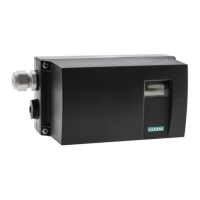
